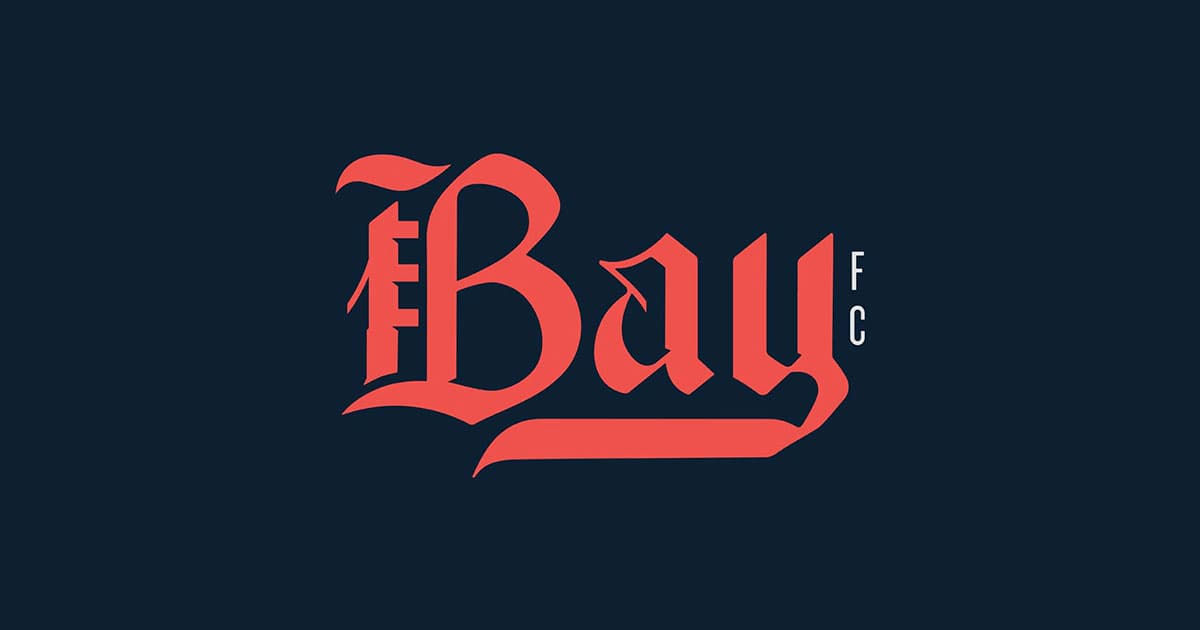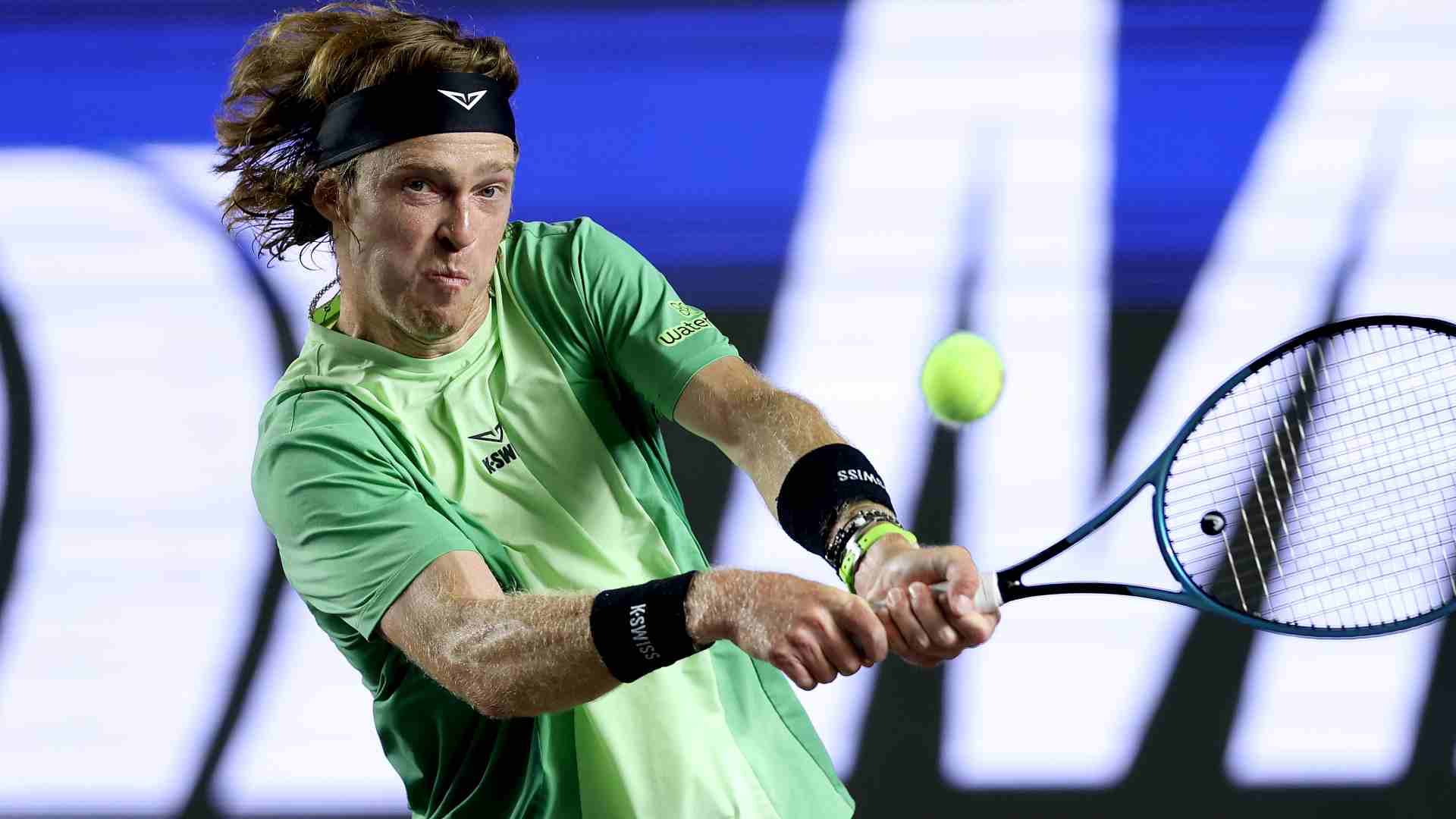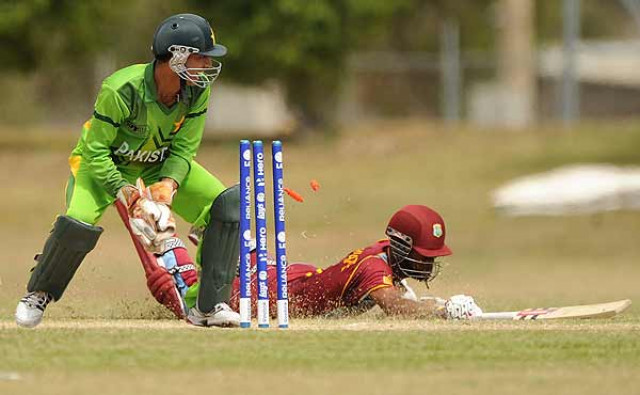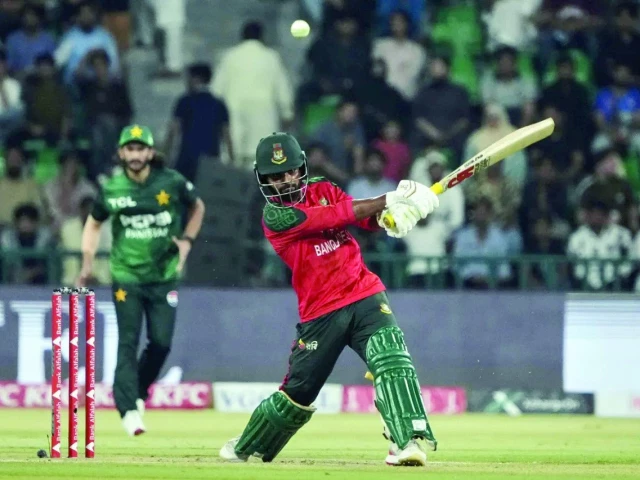White shorts continue to affect female soccer players’ performance, studies find

Open this photo in gallery: Canada's Olivia Smith, left, and Spain's Aicha Camara compete for the ball during a U-20 Women's World Cup round of 16 soccer match in Cali, Colombia, in 2024.Dolores Ochoa/The Associated PressProfessional women’s soccer teams have increasingly moved away from white shorts to address concerns over period anxiety, but studies have found the issue continues to impact on performance and on discouraging young girls from participating in sport.Alex Krumer, a professor in sports economics at Molde University College in Norway, presented his 2024 peer-reviewed study on the performance effects of wearing white shorts to an audience at the University of St. Gallen last week, coinciding with the Women’s European Championships in Switzerland.Krumer’s research, based on data from World Cups and European Championships between 2002 and 2023, found that women’s teams wearing white shorts averaged 1.27 points per game compared with 1.57 points for teams in dark colours. Men’s teams showed no performance drop when wearing white.Krumer said there was not enough conversation on the issue.“Sports should be a vehicle for gender empowerment,” he told Reuters. “It’s about inclusiveness, because this is an exclusive part in women’s soccer, not necessarily for professionals but for the young girls this is important.”With £1-million Arsenal signing, Canada’s Olivia Smith becomes most expensive player in women’s soccerDenmark, Norway and Finland are among teams at Euro 2025 wearing white shorts.England’s Lionesses swapped their white shorts for blue ahead of the 2023 World Cup after player complaints. Captain Leah Williamson said talking about periods in sport should be normalized.“Half of the population has one, you are not alone,” the defender said in an interview with the Football Association earlier this year.“We empower each other in so many other ways that then this is just one of the small cogs in the wheel of empowering each other. There’s just no shame, which is, I think, the main thing that allows us to be free.”The National Women’s Soccer League in the U.S. ditched white shorts in 2024, after the league and Nike phased them out over period concerns. The Wimbledon tennis Grand Slam relaxed its all-white clothing rule for women in 2023, allowing players to wear dark-coloured undershorts.Williamson and England midfielder Beth Mead featured in an Arsenal campaign in February aimed at erasing the stigma around periods in sports.“You don’t want to be embarrassed and, especially being at school with boys and banter, you’re brought up to think that it’s like a really shameful thing. There’s so much rubbish built up around it,” Williamson told the FA. “I play sport to be free. I can’t be free if I’m worrying about the most natural thing in the world.”Female athletes to be in majority at 2028 Olympics after big win for women’s soccerMenstruation was a topic at UEFA’s Medical Symposium this year in Lugano.“The menstrual cycle isn’t only a topic that remains taboo in sport but also a significant barrier to participation,” Europe’s soccer governing body said.“According to research from UEFA partner Adidas, 65% of those who menstruate say that period leaking is their number one concern when playing sport.”A separate 2024 study by UK charity Youth Sport Trust revealed six out of 10 girls fear playing sport due to period leaks.“We should be saying to girls ’Look, we’re dropping [white shorts] because we care about you, so come and play football,’” Krumer said.“If the uniform is an obstacle to [girls] participating, you are reducing their social network, whereas boys don’t have this obstacle of uniform.”Krumer expressed frustration over the lack of historical data on women’s soccer compared with men’s.“Even European Championships or World Cups, going back to 2003, that was really challenging to find data on women’s football, like pictures or videos,” he said. “For men, it’s so easy. But for women, the data is just not available.”











